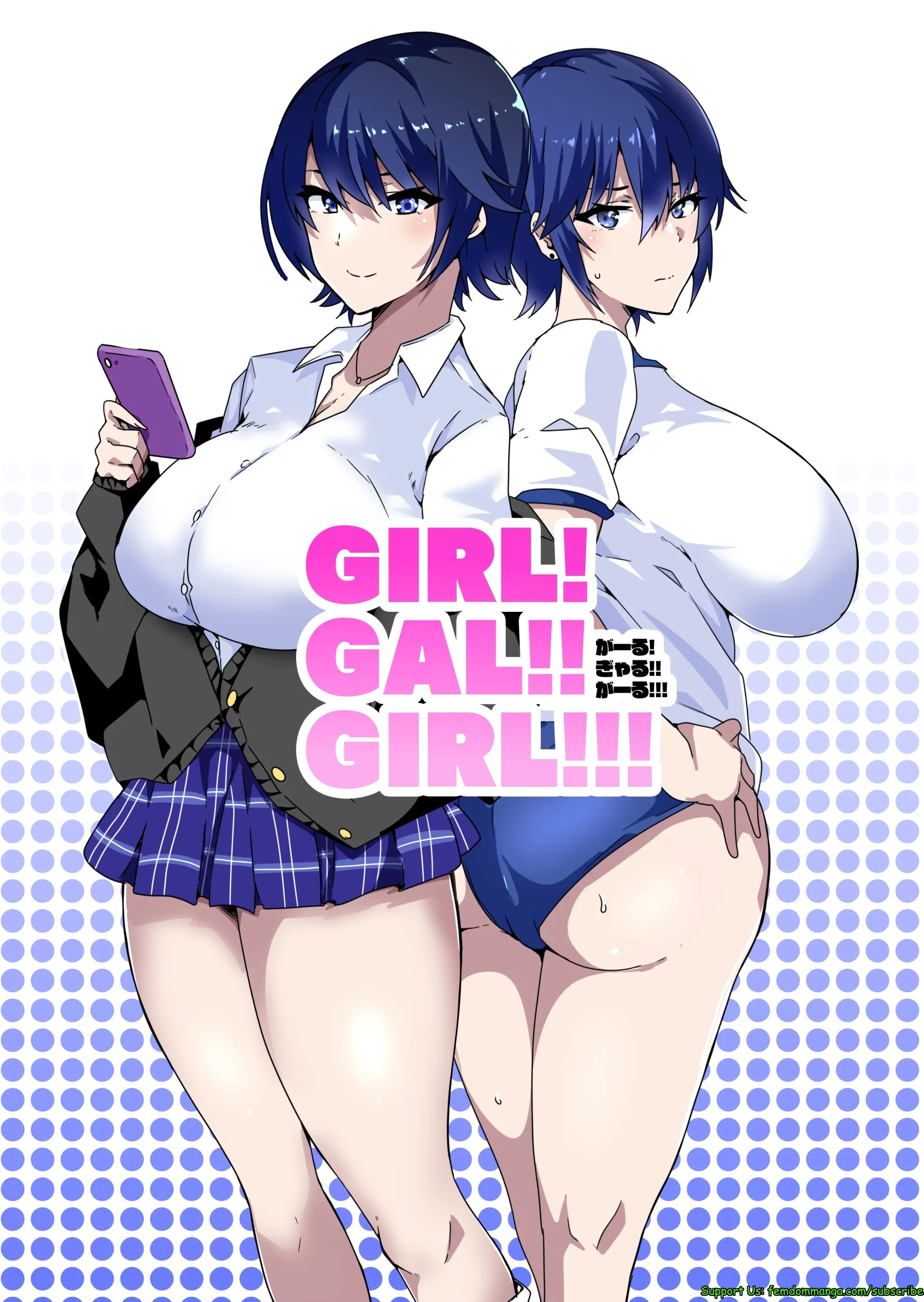The Complexities of Art and Representation: Comprehending the School Girl Hentai Genre
Numerous genres and styles within the enormous world of manga and anime appeal to a wide range of tastes and interests. A genre that has attracted both interest and controversy is “school girl hentai.” Within the broader context of adult animation, this genre—which includes sexual content with female schoolgirls—has become a prominent and divisive component.
Hentai: What is it?
It’s important to define hentai before getting into the nuances of schoolgirl hentai. In Japanese, the word “hentai” itself means “perverse” or “abnormal,” and it generally refers to sexually explicit material found in video games, manga, or anime. It is distinguished by its illustrated style, which frequently incorporates fantastical and exaggerated features. Despite its frequent criticism, hentai holds a special place in the adult entertainment industry by fusing sexuality with creative expression.
The Allure of Hentai Schoolgirls
Schoolgirl hentai is frequently praised for its special blend of suggestiveness and purity. For many admirers, the sight of young schoolgirls wearing their recognizable uniforms brings back memories of their own early school years. Audiences are drawn in by the fascinating tension created by the contrast of adult issues with innocent settings.
Furthermore, schoolgirl characters have a strong visual appeal. Their outfits, which frequently include skirts, blouses, and other accessories, are both stylish and representative of young people. The “kawaii” (cute) culture of hibiki, a long-standing legacy of Japanese pop culture, often features young people in charming or fun situations. As a result, schoolgirl hentai frequently blurs the boundaries between truth and fiction while providing a distinctive visual experience.
The Cultural Background
Examining the cultural background of Japan, the birthplace of these genres, is essential to understanding the appeal of schoolgirl hentai. Youth culture has long captivated Japan, and this interest is reflected in its artistic forms and social mores. For Japanese individuals, the school system plays an important role in their lives, frequently depicting themes of friendship, rivalry, and maturation.
Complex socioeconomic interactions were explored via hendai, including schoolgirl themes. It can be interpreted as both a critique and a mirror of social norms. The relationships portrayed in this genre span friendship, romance, and the difficulties of puberty, among other aspects of the human experience.
The Divisive Character
School girl hentai has its critics, as evidenced by its subject matter. Critics frequently claim that because of the way it depicts children, it can encourage negative attitudes regarding sexuality. Despite being fictional, these characters’ portrayal brings up moral concerns around consent and the sexualization of children. This genre elicits different responses from different people; some may perceive it as harmless fantasy, while others see it as extremely problematic.
The hypersexualization of school-aged characters, according to critics, might legitimize inappropriate behaviors and desires in real life and foster an objectification culture. Deep ethical questions concerning the representation of young people in explicit circumstances are brought up by this argument, which also touches on issues of art, liberty, and the obligations of creators.
Comparing Objectification and Empowerment
Conversations on schoolgirl hentai often touch on more general issues of objectification and sexual empowerment. Supporters contend that when done well, hentai may empower both artists and viewers and be a means of sexual expression. They contend that while having discussions about desire and permission, it enables people to explore fantasies in a safe, fictional setting.
On the other hand, there is a legitimate worry that, if not handled carefully, it could lead to objectification. With a critical eye, one must walk the thin line between exploitation and empowerment. This genre needs to be careful not to support negative stereotypes or help normalize unsuitable partnerships.
Diversity and Representation
Discussions of diversity and representation in the genre are made more difficult by the very limited representation of schoolgirl characters in hentai. The majority of schoolgirl hentai usually emphasizes a single aspect of character, frequently focusing on particular physical traits or demographics. A standardized idea of beauty and appeal could result from this.
However, the need for more diverse portrayals in adult-themed work is growing as artistic society changes. A wider range of characters that appeal to a variety of audiences are made possible by this growing awareness, which highlights various body shapes, races, and backgrounds. This change could increase the genre’s popularity and allay some of the objectification worries.
Patterns and Prospects for the Future
The school girl hentai genre is changing along with the anime and manga scene. Genres are merging and experimenting more and more as a result of technology’s ability to interact with viewers and enable more artists to create content. New types of adult entertainment are emerging as a result of advancements in animation methods, virtual reality, and interactive narrative.
A greater comprehension of the genre is also made possible by the communities that fans discuss and evaluate on the internet. This discussion promotes a more sophisticated understanding of the subject matter and its social ramifications.
In conclusion
School girl hentai is still a complicated genre that hovers between art and ethics, imagination and reality. Aesthetic appeal, cultural influences, and the subtle examination of adult subjects are all contributing elements to its appeal. But it’s important to approach the material critically, examining its aesthetic value as well as any moral conundrums it can raise.
It is unclear how schoolgirl hentai will change and develop as society advances in its comprehension of sexuality, representation, and empowerment. The discussions that surround it provide a chance to not only recognize its subtleties as art, but also to question and reinterpret the limits of sensual expression in a way that is considerate, inclusive, and respectful. In the end, schoolgirl hentai, whether adored or despised, unquestionably holds a prominent position in the fabric of modern media, reflecting larger cultural discussions and creative endeavors.
